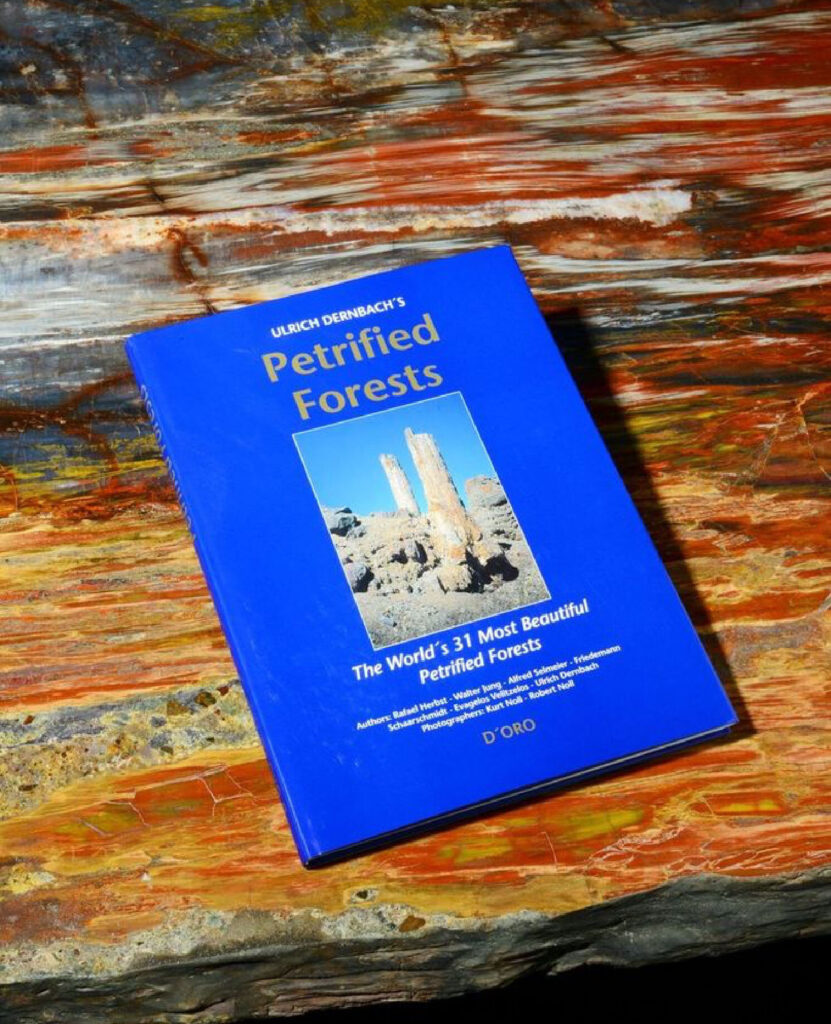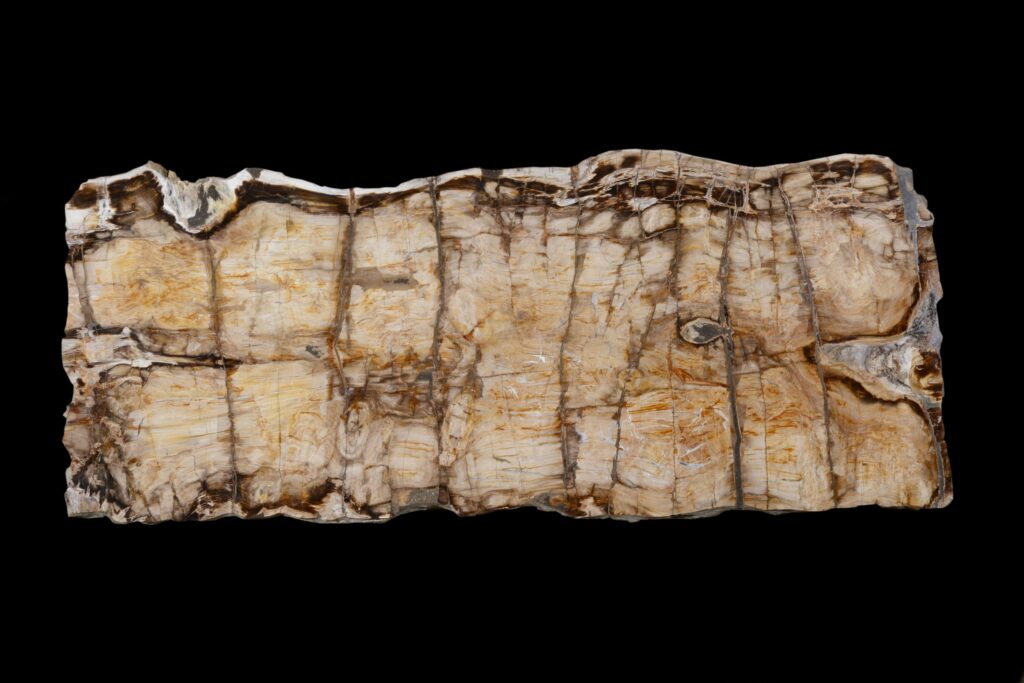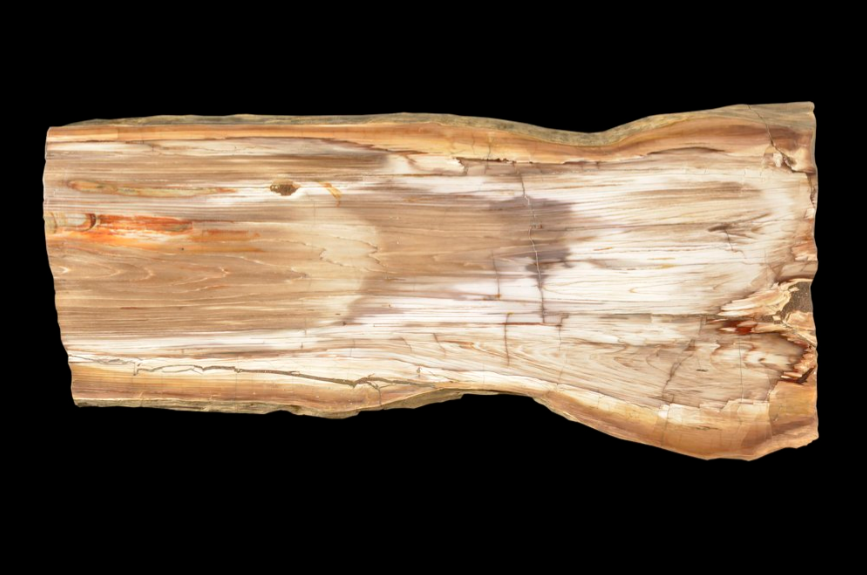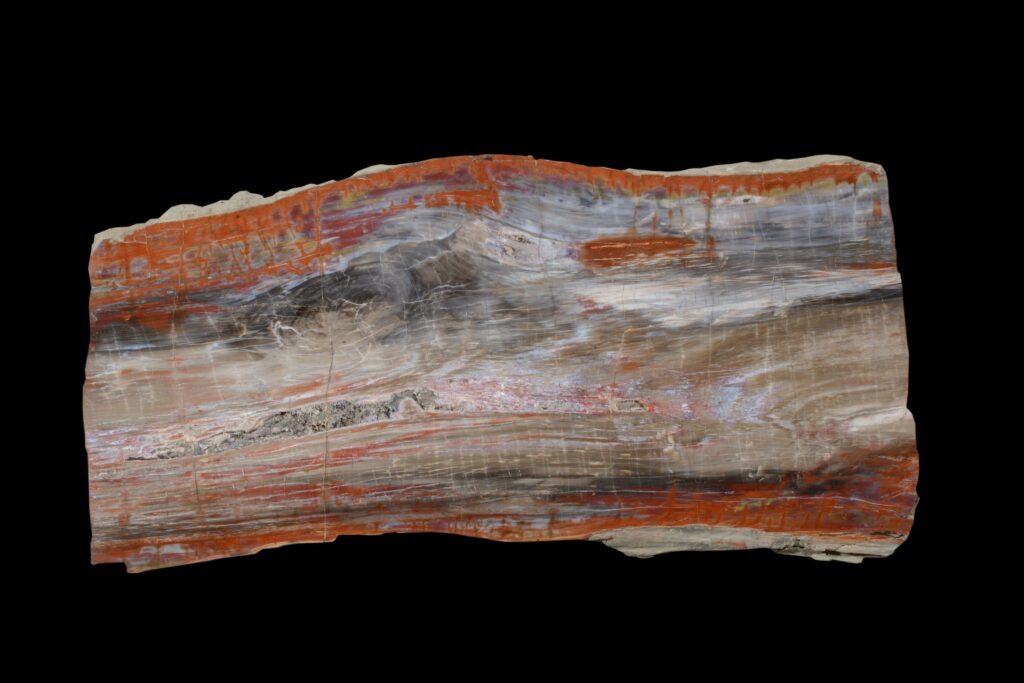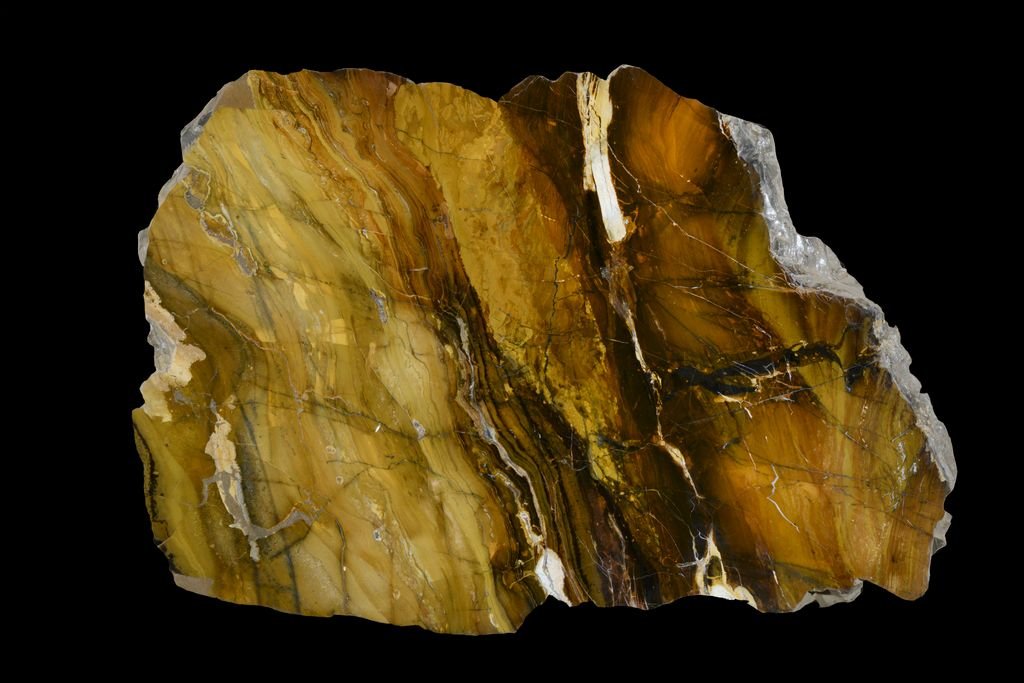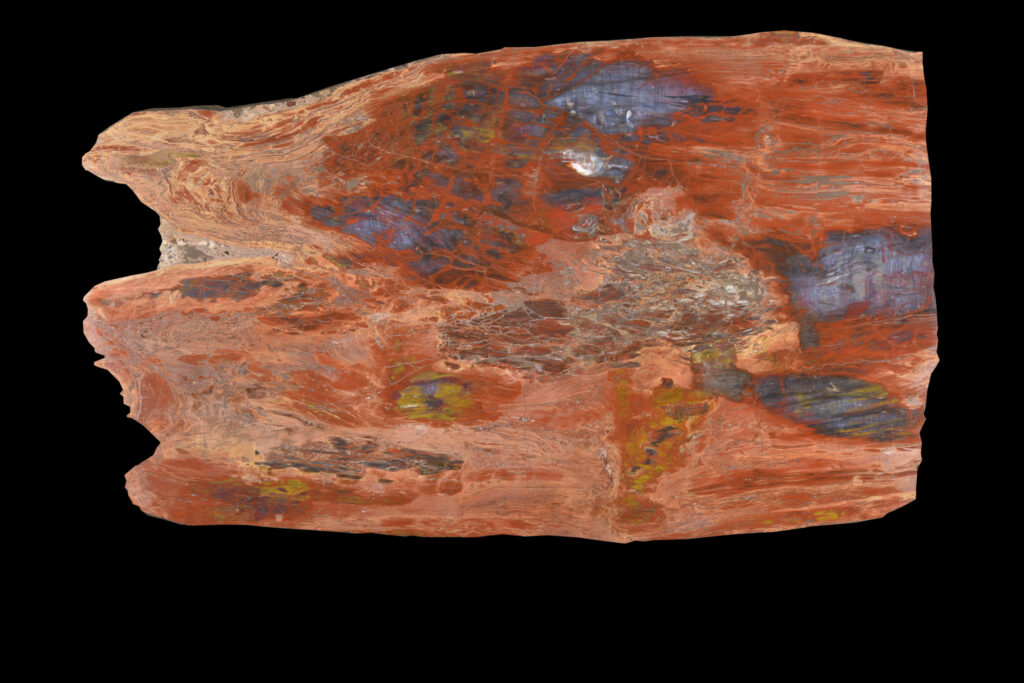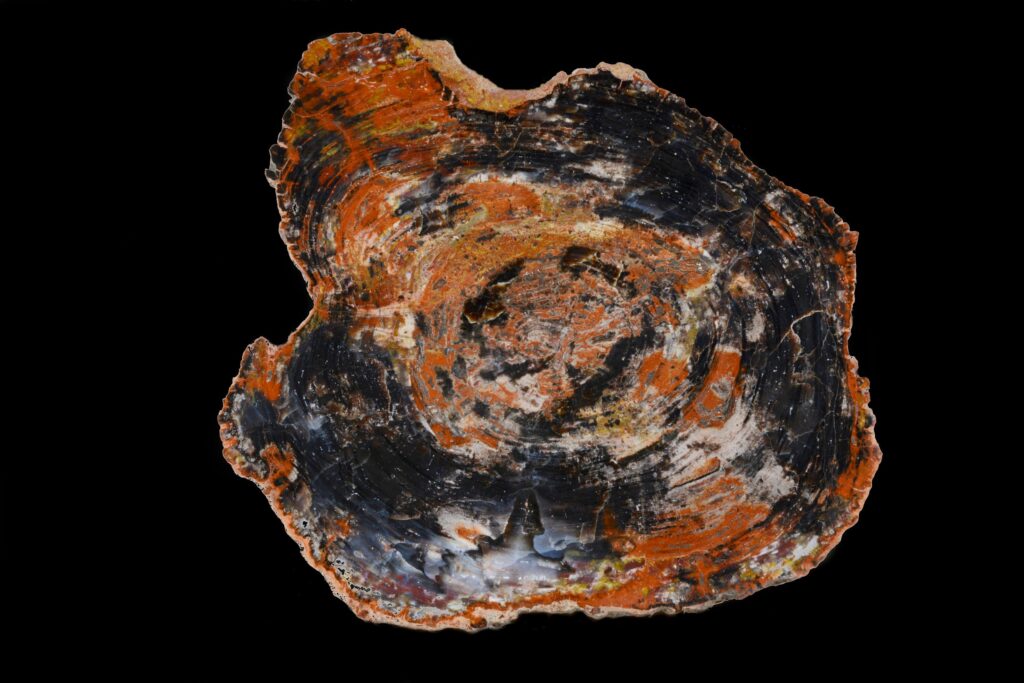Discover the World’s 31 Most Beautiful Petrified Forests: A Journey Through Time with Ulrich Dernbach
Unveiling the Mysteries of Petrified Forests
Delve into the captivating realm of petrified forests with Ulrich Dernbach’s book, “Petrified Forests: The World’s 31 Most Beautiful Petrified Forests.” This comprehensive guide offers readers an enchanting journey through prehistoric geological wonders, showcasing the allure and fascination of petrified wood.
An Indispensable Exploration for Enthusiasts
Authored by the renowned Ulrich Dernbach, this book is a must-read for anyone intrigued by the mysteries of petrified wood. It provides an in-depth look into 31 of the world’s most stunning petrified forests, blending engaging narratives with stunning photography to offer a truly immersive experience.
Rare Findings and Limited Availability
Finding a copy of this extraordinary book can be quite challenging, as it is a rare gem in geological literature. However, we are delighted to offer a select number for sale, inviting enthusiasts to embark on a remarkable journey through time and nature’s incredible transformations.
Readers’ Reviews: A Treasure Trove of Knowledge
Enthusiastic readers have hailed “Petrified Forests” as a treasure trove of knowledge and visual delight. With over 300 color photographs capturing the intricate beauty of petrified wood, coupled with insightful commentary, this book offers a unique perspective that even seasoned enthusiasts will appreciate.
Exploring Nature’s Marvels
Ulrich Dernbach’s narrative skillfully guides readers through the most dazzling petrified wood forests across the globe. From renowned sites to hidden treasures, each location is meticulously explored, complemented by scientific analysis and captivating anecdotes that bring these ancient landscapes to life.
A Visual Feast for the Eyes
The rich imagery in the book, curated by esteemed paleobotanists, immerses readers in breathtaking landscapes and the intricate details of petrified wood specimens. This visual feast serves as a testament to the beauty and diversity of nature’s creations, making it an indispensable addition to any nature lover’s collection.
A Timeless Keepsake and Perfect Gift
Beyond its informative value, “Petrified Forests” serves as an exquisite gift or coffee table book, enriching homes with its striking imagery and wealth of information. Its limited availability adds to its allure, making it a prized possession for anyone captivated by the wonders of petrified wood.
Secure Your Copy Today
“Petrified Forests: The World’s 31 Most Beautiful Petrified Forests” is more than just a book; it’s a gateway to exploration and discovery. Whether you’re a seasoned enthusiast or a curious novice, this masterpiece invites you to uncover the timeless beauty and geological marvels of petrified forests. Secure your copy today and embark on an unforgettable journey through nature’s ancient wonders.
Discover More About Petrified Forests
To learn more about the fascinating world of petrified forests and their geological significance, visit the National Park Service’s Petrified Forest National Park and the Petrified Forest Museum Association.
LIMITED SUPPLY AVAILABLE
This wonderful book is a must have for anyone who has a fascination with petrified wood.
Frequently Asked Questions About Petrified Forests
A petrified forest is an area where trees have turned into stone over millions of years. This occurs through a process called permineralization, where minerals replace the organic materials of the trees, preserving their structure in stone.
Trees become petrified through a process called permineralization. When trees are buried under sediment, minerals in groundwater seep into the wood, gradually replacing the organic material with minerals like silica, calcite, or pyrite. Over millions of years, this process turns the wood into stone.
Petrified forests can be found all over the world. Some well-known locations include Petrified Forest National Park in Arizona, USA; Curio Bay in New Zealand; and Lesvos Island in Greece.
Petrified wood can display a wide range of colors, including reds, yellows, browns, and even blues and greens. The colors are caused by different minerals that have replaced the original wood material. For example, iron can produce red and yellow hues, while copper can result in green and blue tones.
Many petrified forests are protected as national parks or natural reserves to preserve their unique geological features and prevent the removal of petrified wood. Visitors are usually prohibited from collecting or disturbing the petrified wood in these areas.
Collecting petrified wood is often regulated or prohibited, especially in protected areas such as national parks. However, there are locations where collecting is allowed, either through permits or in designated areas. It’s essential to check local regulations before collecting petrified wood.
Petrified wood is often used for decorative purposes, such as in jewelry, tabletops, and sculptures. It is also valued by collectors and can be studied by scientists to understand ancient ecosystems and geological processes.
Petrified wood can be millions of years old. The age depends on the geological era during which the wood became petrified. Some specimens date back to the Triassic period, around 200 million years ago, while others may be younger.
Petrified wood can be identified by its stone-like appearance and weight. It retains the structure of the original wood, including tree rings and bark patterns, but feels hard and heavy like stone. Often, it will have a glassy or polished surface if it has been cut and polished.
Petrified wood is valuable to scientists because it provides a detailed record of ancient forests and climates. By studying petrified wood, researchers can learn about the types of trees that existed millions of years ago, their growth patterns, and the environmental conditions of the time.

